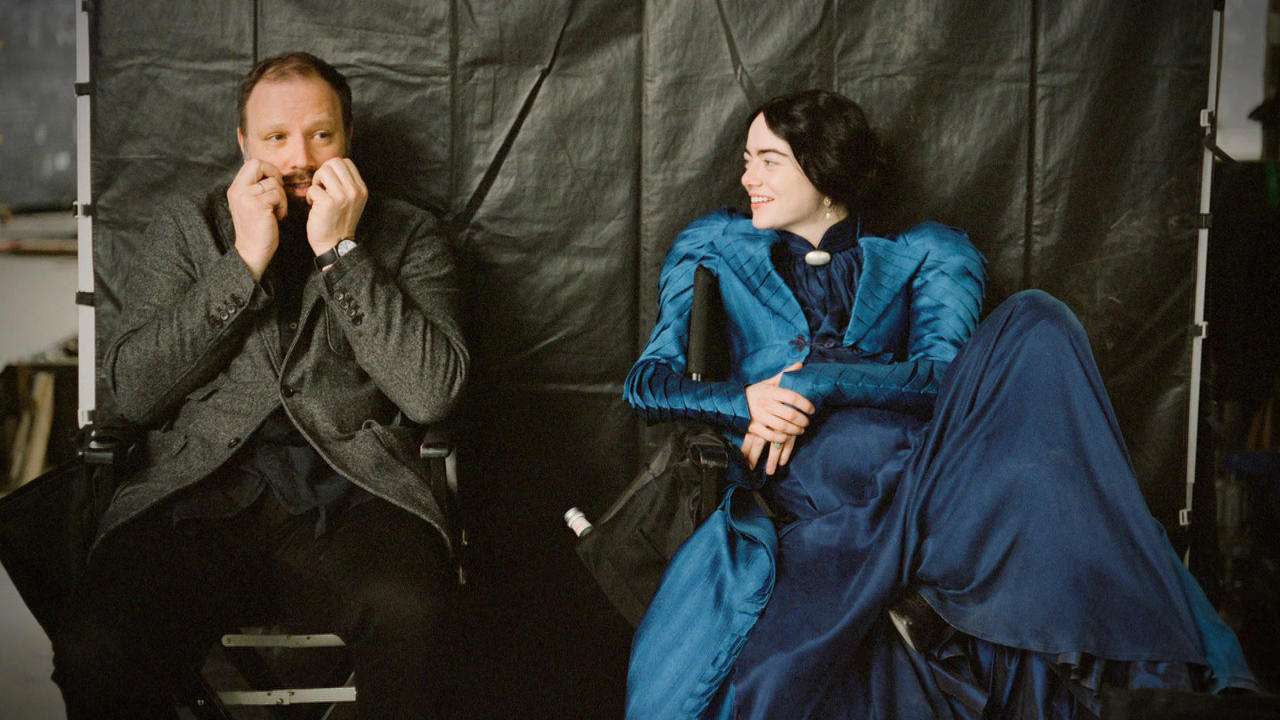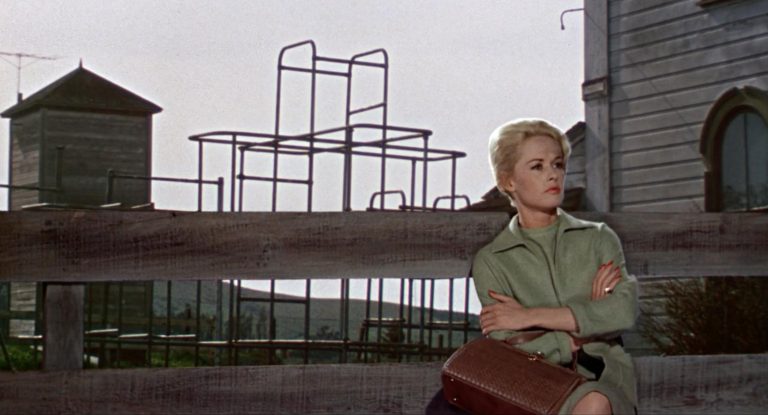In this historical context, cinema was in its infancy, far from being recognized as the art form we know today. It stood alongside ancient, well-established art forms yet was on the cusp of transformation. The Lumière Brothers had dazzled the world 27 years prior with their film “Workers Leaving the Lumière Factory,” ushering in a new era of artistic expression.
In a brief moment in time, an author named Norbert Jacques wrote one of the most iconic characters of all time. It soon caught the attention of a young and upcoming filmmaker who would later go on to become one of the most renowned filmmakers of all time. Cinema evolved amid the turmoil of two world wars, revolutions, and profound social changes. During this time, Fritz Lang wounded and recovering from Shell Shock in 1916, began conceiving ideas and scenarios for films. And it was his iconic character, Dr. Mabuse, that would leave an indelible mark on German Expressionist cinema. One can call this film an analogy of the times. Dr. Mabuse is a doctor turned ruthless criminal who quickly rose above the ranks and became the shotcaller in the German Underworld.
While the world witnessed the flourishing brilliance of our era’s foremost scientific minds, a parallel realm grappled with the menacing presence of infamous criminal masterminds such as Charles Luciano, Meyer Lansky, Frank Costello, and, notably, the notorious Al Capone, among others. In his enigmatic way, Dr. Mabuse managed to encapsulate the essence of these formidable figures, weaving a complex narrative that blurred the line between the pursuit of knowledge and the pursuit of power and dominance.
The haunting shadows beneath his eyes, the malevolent intensity of his gaze, the crafty artistry of his disguises, and the intricate machinations he wove together—all these elements converged like echoes from the past and present. They embodied the collective desires and ambitions of countless souls, both among the living and the departed. These individuals yearned for a slice of the burgeoning capitalism that held the promise of prosperity and recognition in the spotlight of success—a place in the sun.

At its core, the film is a psychological thriller exploring human nature’s duality. Dr. Mabuse, brilliantly portrayed by Rudolf Klein-Rogge, is a multifaceted character whose transformation from a respected doctor into a cunning criminal mastermind is at the heart of the narrative. This metamorphosis mirrors the broader societal shifts of the time, where the chaos of post-war Germany and the reinvigorated political power were reshaping individuals and the nation itself. The film’s narrative structure is meticulous, gradually unraveling Dr. Mabuse’s sinister schemes.
The first 40 minutes are dedicated to laying the groundwork for the character’s motivations, establishing the psychological underpinnings that drive them toward a life of crime. This patient exposition sets the stage for the following complex web of intrigue and deception. Lang skillfully escalates the stakes as the story unfolds, revealing Dr. Mabuse’s intricate machinations. The film’s length allows for deep character development, particularly in the case of the determined police inspector who pursues Mabuse. This cat-and-mouse game between the two central figures is a masterclass in suspense, highlighting the legal system’s flaws and the moral ambiguities of an industrialized society.
One of the film’s notable narrative elements is its exploration of addiction and obsession. Dr. Mabuse’s gambling den becomes a metaphorical and literal battleground for the characters’ inner demons. The addiction to gambling and the pursuit of wealth are depicted as corrosive forces that can lead individuals down a dark path, a theme that remains relevant in contemporary society.
Shadows often dominate Lang’s frames. “Dr. Mabuse: The Gambler” (1922) is a quintessential work of German Expressionism, a cinematic movement known for its dramatic lighting and distortedly shaped sets. The chiaroscuro lighting, with its stark contrasts between light and shadow, creates an atmosphere of unease and foreboding, mirroring the moral shadows that haunt the characters. The use of shadowy figures and reflections in mirrors underscores the theme of duality, reinforcing the idea that each character harbors both good and evil within.
The film’s sets are a testament to the artistic vision of the Expressionist movement. Elaborate and distorted, they serve as physical manifestations of the characters’ psychological states. In particular, the opulent and labyrinthine gambling den becomes a character in its own right—a nightmarish reflection of the character’s descent into decadence and depravity. Symbolism abounds in the film’s visuals, from the use of mirrors to the recurring motif of hands and eyes. These visual cues provide insight into the characters’ inner turmoil and desires, enriching the narrative on a subconscious level.
Surprisingly, “Dr. Mabuse The Gambler” remains strikingly relevant a century later. The world still grapples with individuals who wield power and influence akin to Mabuse, potentially toppling ordinary peoples’ lives with ease. This film paints a grim picture of the challenges we face today, making it a timeless and thought-provoking cinematic masterpiece.








